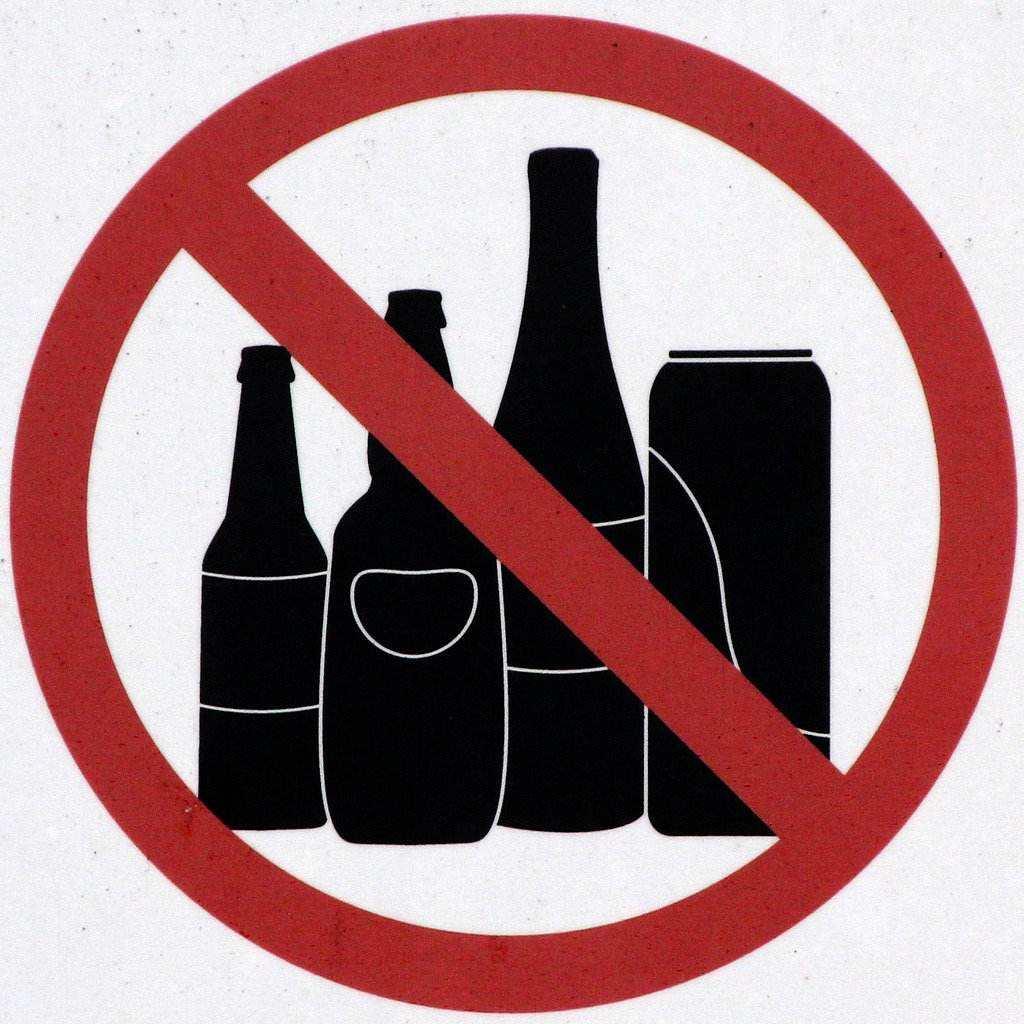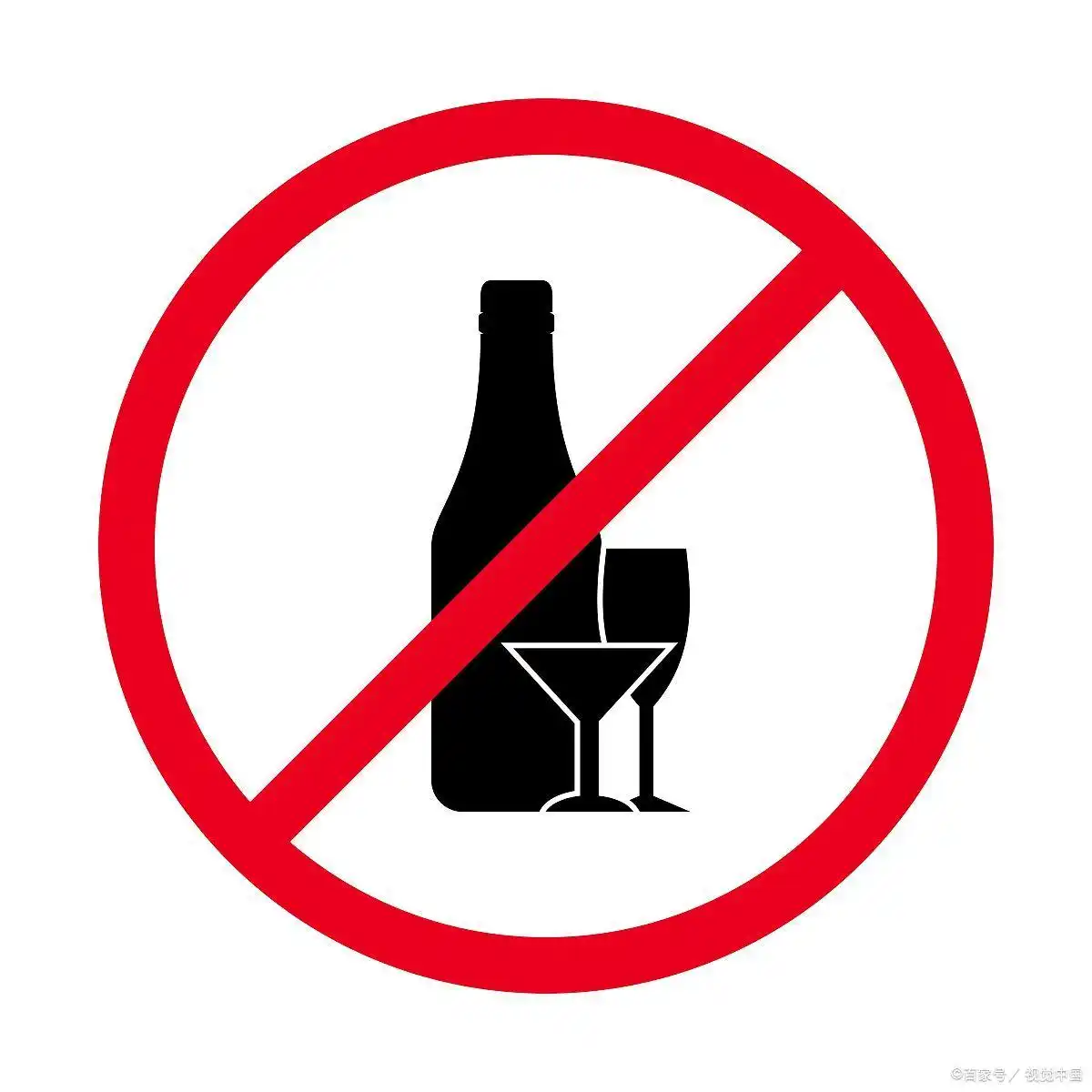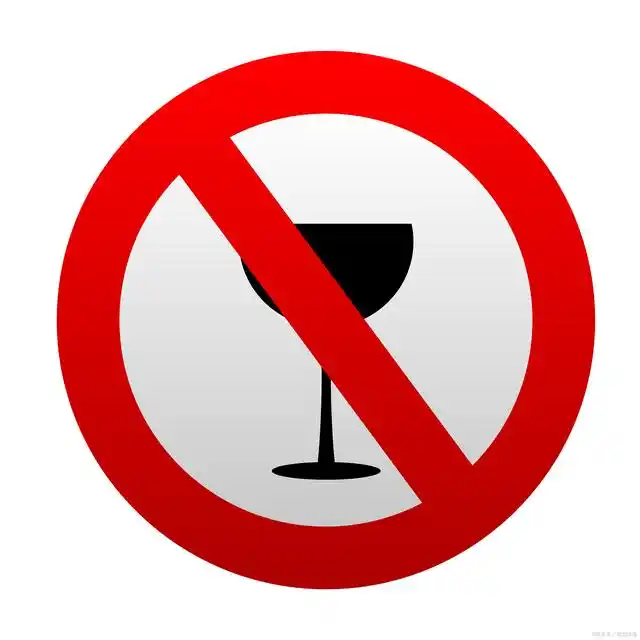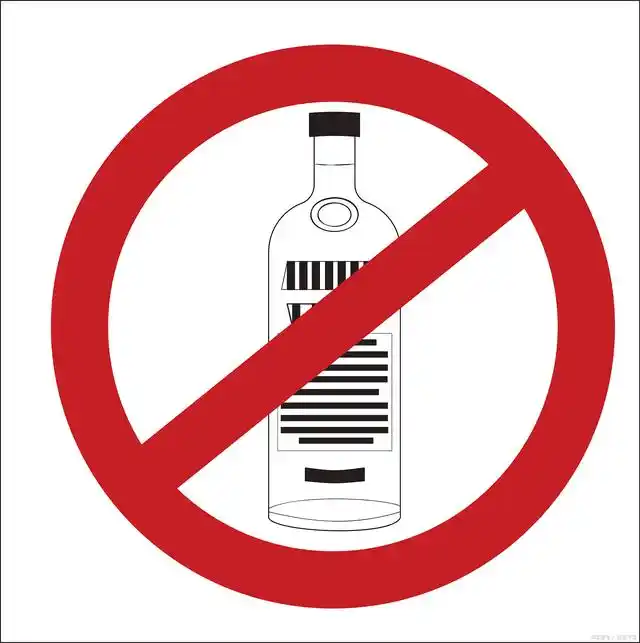Navigating Low-Sugar Snack Choices During Alcohol Cessation
Embarking on the journey of alcohol cessation is a commendable decision, one that often brings significant physical and mental health benefits. However, this transition can also present unexpected challenges, particularly when it comes to managing cravings and maintaining balanced nutrition. Many individuals find that their desire for sugar increases during this period, partly because alcohol itself is high in sugar and the body may seek alternative sources of quick energy. Additionally, alcohol withdrawal can trigger emotional eating or a search for comfort foods, which are often sugar-laden. Therefore, selecting low-sugar snacks becomes a crucial strategy not only for supporting overall health but also for successfully navigating the alcohol cessation process.
Understanding the Connection Between Alcohol Cessation and Sugar Cravings
To appreciate the importance of low-sugar snacking, it’s essential to understand why sugar cravings often emerge during alcohol cessation. Alcohol contains a substantial amount of empty calories, primarily from sugars, which can lead to fluctuations in blood sugar levels. When alcohol consumption stops, the body may continue to crave these rapid energy spikes, turning to sugary foods as a substitute. Moreover, alcohol affects neurotransmitters like dopamine and serotonin, which play roles in mood regulation and reward pathways. Reducing or eliminating alcohol can temporarily disrupt these systems, leading to cravings for foods that provide a similar quick mood lift—often those high in sugar.
Beyond physiological factors, psychological elements also come into play. Many people associate alcohol with social activities, relaxation, or coping mechanisms. When alcohol is removed, individuals might unconsciously seek other ways to fulfill these emotional needs, sometimes turning to snacks for comfort. Unfortunately, high-sugar snacks can create a cycle of energy crashes and further cravings, undermining the progress made through alcohol cessation. This is why mindful snacking—focusing on low-sugar, nutrient-dense options—can be a powerful tool in maintaining balance and supporting long-term success.
Principles of Choosing Low-Sugar Snacks
When selecting snacks during alcohol cessation, it’s helpful to follow a few guiding principles to ensure they are both satisfying and health-supportive:
-
Prioritize Whole Foods: Whole, unprocessed foods are generally lower in added sugars and higher in essential nutrients. Fruits, vegetables, nuts, seeds, and whole grains provide fiber, vitamins, and minerals that help stabilize blood sugar levels and promote satiety.
-
Check for Hidden Sugars: Many packaged snacks, even those marketed as "healthy," can contain surprising amounts of added sugars. Learning to read nutrition labels is key. Look for ingredients like sucrose, high-fructose corn syrup, maltose, or dextrose, and aim for snacks with minimal or no added sugars.
-
Balance Macronutrients: Combining protein, healthy fats, and complex carbohydrates in snacks can help maintain steady energy levels and reduce cravings. For example, pairing apple slices with almond butter provides fiber, protein, and fat, which slows digestion and prevents blood sugar spikes.
-
Focus on Hydration: Sometimes, thirst can be mistaken for hunger or sugar cravings. Staying well-hydrated with water, herbal teas, or infused water can help manage unnecessary snacking and support overall wellness during alcohol cessation.
-
Mindful Eating Practices: Paying attention to hunger cues and eating slowly can prevent overconsumption of snacks. Mindfulness helps distinguish between physical hunger and emotional cravings, allowing for more intentional food choices.
Practical Low-Sugar Snack Ideas
Incorporating low-sugar snacks into daily routines doesn’t have to be complicated. Here are some practical and delicious options that align with the principles above:
-
Fresh Vegetables with Hummus: Crudités like carrot sticks, cucumber slices, and bell pepper strips paired with hummus make for a crunchy, satisfying snack. Hummus provides protein and fiber, while vegetables are low in calories and sugar.
-
Greek Yogurt with Berries: Plain Greek yogurt is high in protein and low in sugar, especially when chosen without added sweeteners. Topping it with fresh berries adds natural sweetness and antioxidants.
-
Nuts and Seeds: A small handful of almonds, walnuts, or pumpkin seeds offers healthy fats, protein, and fiber. These are portable and can help curb hunger between meals.
-
Hard-Boiled Eggs: Eggs are a excellent source of protein and can be prepared in advance for a quick, filling snack. Sprinkle with a pinch of salt or paprika for extra flavor.
-
Avocado Slices on Whole-Grain Crackers: Avocado provides healthy fats and fiber, while whole-grain crackers add complex carbohydrates. This combination is both nutritious and satisfying.
-
Apple Slices with Nut Butter: As mentioned earlier, this classic snack balances natural sugars with protein and fat. Choose nut butters without added sugars or oils.
-
Edamame: Steamed edamame, lightly salted, is rich in protein and fiber. It’s a great snack for those who enjoy savory options.
-
Cottage Cheese with Pineapple: Opt for low-fat cottage cheese and add a small amount of fresh pineapple for natural sweetness. This snack is high in protein and calcium.
-
DIY Trail Mix: Create a custom mix using unsweetened dried fruits, nuts, and seeds. Avoid pre-packaged trail mixes, which often contain added sugars and unhealthy oils.

-
Herbal Tea or Infused Water: Sometimes, a warm cup of herbal tea or a refreshing glass of water with lemon or mint can serve as a calming "snack" that addresses hydration needs without calories.
Addressing Emotional Eating and Cravings
While having healthy snacks on hand is important, addressing the root causes of cravings is equally vital. Alcohol cessation can bring up emotions that were previously numbed by drinking, such as stress, anxiety, or boredom. Developing alternative coping mechanisms—like physical activity, meditation, journaling, or talking to a supportive friend—can reduce the reliance on snacks for emotional comfort.
It’s also helpful to establish a routine that includes regular meals and scheduled snacks. This structure can prevent extreme hunger, which often leads to poor food choices. Planning snacks ahead of time ensures that healthy options are readily available, making it easier to resist sugary temptations.
The Role of Professional Support
For some individuals, alcohol cessation and accompanying dietary changes may require professional guidance. Nutritionists, dietitians, or therapists can provide personalized advice tailored to individual needs and challenges. Support groups, whether in-person or online, can also offer encouragement and accountability during this transition.
Remember, the goal isn’t perfection but progress. There may be days when sugary snacks are consumed, and that’s okay. What matters is developing awareness and making gradual, sustainable changes that support overall well-being.
Conclusion
Selecting low-sugar snacks during alcohol cessation is more than a dietary choice—it’s a strategy for nurturing the body and mind through a significant lifestyle change. By understanding the reasons behind sugar cravings, applying principles of balanced nutrition, and incorporating practical snack ideas, individuals can support their journey toward sobriety with energy and vitality. Embracing this approach not only aids in managing cravings but also fosters a healthier relationship with food, paving the way for long-term wellness and success.



发表评论